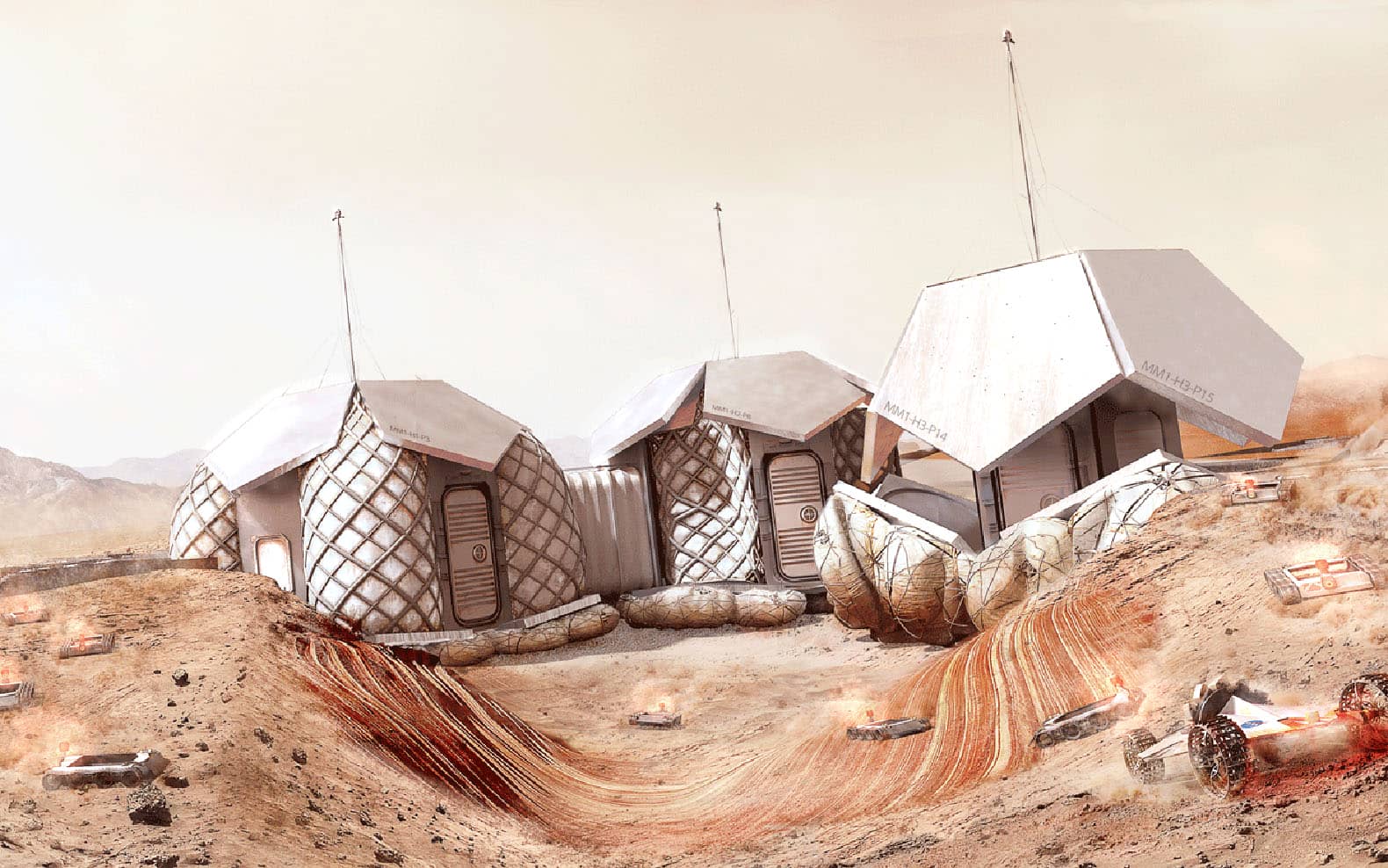A recent NASA study showed that Mars could not be made inhabitable using our current technology. However, this news has not stopped the space agency from planning and one day, making Mars inhabitable. One of these initiatives was launched in 2015 called the 3D printed Habitat Challenge. The competition cost $2.5 million and is now in its third phase. This competition aims to find the most suitable housing structure for the future residents of Mars. It is hoped that the challenge will uncover the advanced construction technologies which may be used in sustainable housing solutions for Earth as well.
3D-Printed Habitat Challenge Award: We have selected the top 5 teams in the first virtual modeling phase. They will each receive a share of the $100,000 prize purse, based on points earned. Congratulations, teams!https://t.co/lj9IqYeZA3
— NASA Prizes, Challenges, and Crowdsourcing (@NASAPrize) July 23, 2018
NASA and its partner in competition, Bradley University of Peoria, Illinois have selected five winning teams out of 18 submissions from all over the world. The winners will be sharing the $100,000 prize and will have to create 3D printed one-third scale version of their designs to confirm the feasibility of their models. Monsi Roman, program manager for NASA’s Centennial Challenges, said, “We are thrilled to see the success of this diverse group of teams that have approached this competition in their unique styles. They are not just designing structures; they are designing habitats that will allow our space explorers to live and work on other planets. We are excited to see their designs come to life as the competition moves forward.”
The top five teams created impressive digital representations which showed all the essential characteristics of their Martian homes. The first place was secured by a team called Zopherus from Rogers, Arkansas. It showcased a model with a robust printer which can deploy roaming rovers to retrieve materials. The second position holder is Team AI Space factory in New York. They named their design Marsha and indicated that their model would be built sustainably with local as well as mission-generated materials.
Team Kahn-Yates of Jackson, Mississipi stood third in the competition. Their design was a uniquely durable model which can withstand the red planet’s harshest of dust storms. Team Search+ of New York stood forth for their cube-like model which is designed to provide reliable radiation shielding. The last prize was given to the Northwestern University of Evanston, Illinois for their spherical shell model featuring an outer dome reminiscent of Star Wars featured habitats.
All designs took into consideration the challenges of building habitats on Mars including the transportation of materials, the harshness of the planet’s landscape and the complexities of its atmosphere. The winners showed original designs to come up with the solutions of the multiple difficulties while incorporating a mix of indigenous and recycled construction material sources. Lex Akers, dean of the Caterpillar College of Engineering and Technology at Bradley University, said, “We are encouraging a wide range of people to come up with innovative designs for how they envision a habitat on Mars.”


